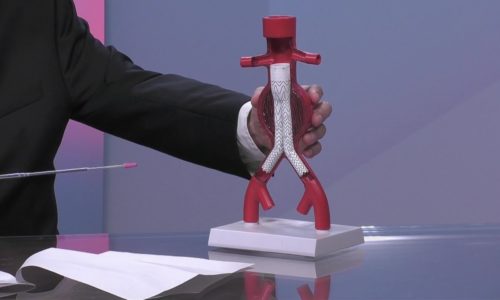How is migraine diagnosed and treated? |

Last week, we talked about migraine headache symptoms and possible triggers. This week we’ll talk about how the diagnosis is made, and what treatment options are available.
The first thing your doctor will do is get a good description of your headaches. The doctor will use the description to determine if your headaches fit the migraine diagnosis. We talked about these qualities last week.
Your doctor should then do a thorough neurologic exam, which will help to rule out other serious causes of headache. This also helps determine if additional tests are necessary. If you have headaches that fit the description of migraine, have no symptoms of other serious causes of headache, and have a totally normal neurologic examination, then a diagnosis can be made without additional tests. An MRI of the brain is not required, unless there are concerning features in the description, or abnormal exam findings.
For patients who have headache symptoms less than an average of 2 days each week, we treat with medications taken only when a headache occurs. Here is an idea of the medications we recommend.
For mild to moderate intensity headaches – Over-the-counter (OTC) medications, including acetaminophen, ibuprofen, naproxen, or caffeine containing medications such as Excedrin Migraine. Many migraines respond well to over the counter treatment options.
For mild to moderate intensity headaches that do not respond to OTC treatments, or for moderate to severe migraines – Prescription drugs in the triptan class, such as sumatriptan, eletriptan, rizatriptan, and others, or prescription medications in the ergotamine class, such as Migranal.
Evidence shows that acute treatment works best if taken as soon as possible after the onset of migraine, or during the aura (if you have one), before the pain progresses. OTC drugs have been shown to have comparable effectiveness to prescription medications for most patients, if they are taken early enough.
-
Headaches occurring more than 2 days a week
-
Headaches that severely limit the quality of life despite acute headache treatment
-
Inability to take acute headache treatments (due to side effects or other medical problems)
-
Presence of severe symptoms associated with headaches, such as loss of speech or stroke-like symptoms.
-
Reduce the frequency, severity, and duration of headaches
-
Improve responsiveness to acute treatment
-
Reduce the level of disability/improve quality of life
-
Reduce the excessive or overuse of acute medications (which can lead to rebound headaches)
-
Reduce the cost of treatment
If you have any more questions just Ask Hanna, our health advisors are here to help.
Dr. Anita Bennett MD – Health Tip Content Editor
Image: ©Shutterstock / Prostock-studio








